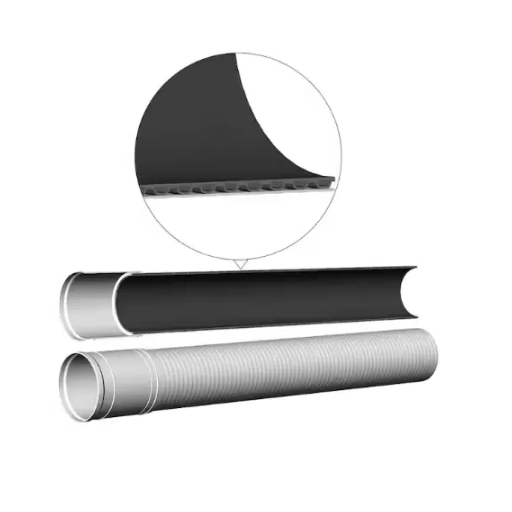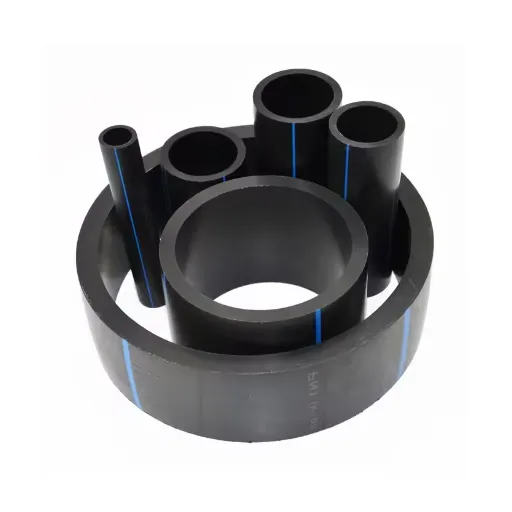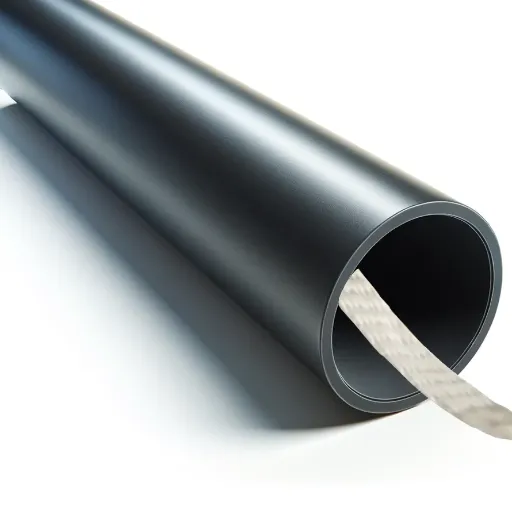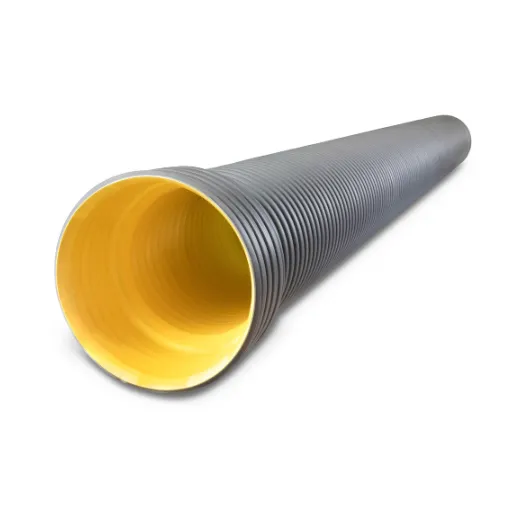Features and Benefits of Triple Wall HDPE Pipe
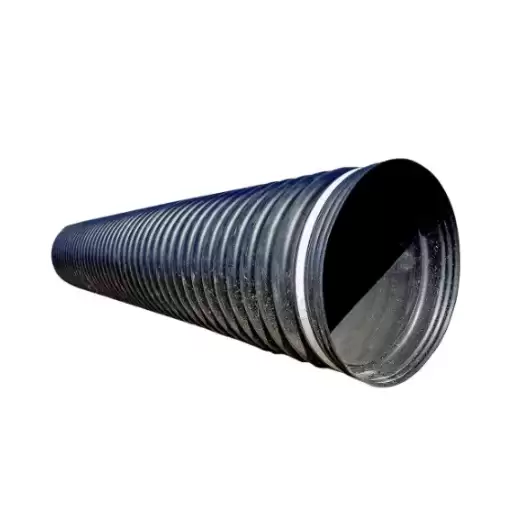
Durability and Longevity
In the making of Triple Wall HDPE pipe, extraordinary durability is ensured. They resist damages and degradation under atmospheric influences such as temperature variations, sunlight, and chemicals, thereby ensuring good performance with the passage of time. Unlike concrete or metal, these pipes have excellent corrosion and abrasion resistance that is necessary to enhance service life in harsh environments.
Key Durability Features:
-
- Potential lifespan of up to 100 years under proper environmental conditions
- Excellent resistance to corrosion and abrasion
- Maintains structural integrity under heavy loads and ground movements
- Lower lifecycle costs due to minimal replacement needs
One great advantage of Triple Wall HDPE pipes is that they have a long service life. These pipes have a potential life span of 100 years when the environmental conditions are proper, thus minimizing costs on replacements or repairs. The longer life cycle also means lower life cycle costs, which translates into affordability for major long-term infrastructure projects.
Lightweight and Flexible Nature
The very light and pliable Triple Wall HDPE pipes offer a plethora of advantages during handling and installation. Having been lighter in weight compared to traditional pipe materials, their transportation will be made easier, hence reducing cost and labor efforts. On the ability to bend, the pipes can actually adapt to varying ground conditions without impingement on their functional strength.
The seismic-prone or uneven-terrain nature of any site will let these pipes adapt and accommodate the shifts and movements without endangering them, reducing quick maintenance or repair demands, further cutting down operational costs in the long term. Handling ease allows for safer working conditions for installation teams, reducing the risk of injuries due to physical exertion when moving heavy materials.
Cost-Effectiveness Compared to Other Materials
When compared to concrete or steel, Triple Wall HDPE pipes are highly cost-effective. Lightweight construction downsizes transportation costs and simplifies the process of installation, reducing labor costs and time for project completion. Minimal maintenance on HDPE pipelines reduces further expenses since the materials used have the best durability against corrosion over time.
However, concrete and steel, although sturdy, are generally costlier to install as they require complex procedures for installation. Due to their heavier weight, they require special equipments and more intake in terms of manpower costs. Steel pipes could rust and corrode with age, leading to unaffordable maintenance or replacement costs.
Applications of Triple Wall HDPE Pipes
Drainage Systems and Sewer Management
Triple Wall HDPE Pipes are trending lately in the area of drainage and sewerage management, with stunning durability, flexibility, and chemical resistance. It has found its applications in wastewater treatment to handle bulk volumes with lesser leakage. The structure-based pipe wall makes it resist the effect of pressures from within and outside, easy to use in high demand residential, commercial, and industrial projects.
Drainage System Benefits:
- Superior resistance to corrosive chemicals and septic waste
- Smooth interior walls for increased flow efficiency
- Enhanced joint systems for leak-proof connections
- Environmentally friendly and recyclable material
Agricultural Uses and Irrigation Systems
HDPE pipe types have established a modern irrigation practice, addressing the concepts of reliability, durability, and affordability in agricultural applications. Such pipes are designed to resist harsh environmental conditions, including severe fluctuations in temperature, thereby permitting water transportation across diverse terrains.
The most important thing about their variability is that they are easy to install, adapting to fields with different layouts, thus reducing labor and installation costs. HDPE irrigation systems improve water efficiency: these systems minimize water leakage and make sure that water is accurately dispensed through drip or sprinkler systems.
Comparative Analysis with Other Piping Materials
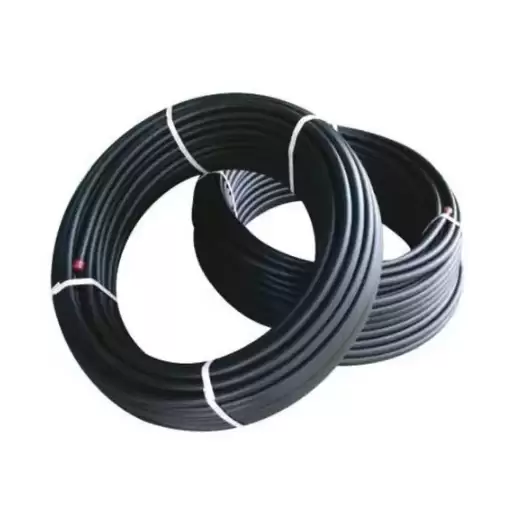
Triple Wall HDPE vs. PVC Pipes
| Aspect | Triple Wall HDPE | PVC | Steel |
|---|---|---|---|
| Bendability | High | Moderate | Low |
| Longevity | High | Moderate | High |
| Rustproof | Yes | Yes | No |
| Affordability | Moderate | High | Low |
| Robustness | Moderate | Low | High |
| Mass | Light | Light | Heavy |
| Setup | Simple | Simple | Complex |
| Durability | Long-lasting | Average | Long-lasting |
| Eco-Benefit | Yes | No | No |
| Usage | Versatile | Limited | Structural |
Triple Wall HDPE vs. Concrete Pipes
| Aspect | Triple Wall HDPE | Concrete | Steel |
|---|---|---|---|
| Bendability | High | None | Low |
| Longevity | High | Very High | High |
| Rustproof | Yes | Yes | No |
| Affordability | Moderate | Moderate | Low |
| Robustness | Moderate | High | Very High |
| Mass | Light | Heavy | Heavy |
| Setup | Simple | Complex | Complex |
| Durability | Long-lasting | Very High | Long-lasting |
| Eco-Benefit | Yes | No | No |
| Usage | Versatile | Structural | Structural |
Triple Wall HDPE vs. Metal Pipes
| Aspect | Triple Wall HDPE | Metal Pipes | Steel |
|---|---|---|---|
| Bendability | High | Low | Low |
| Longevity | High | Moderate | High |
| Rustproof | Yes | No | No |
| Affordability | Moderate | Low | Low |
| Robustness | Moderate | High | Very High |
| Mass | Light | Heavy | Heavy |
| Setup | Simple | Complex | Complex |
| Durability | Long-lasting | High | Long-lasting |
| Eco-Benefit | Yes | No | No |
| Usage | Versatile | Structural | Structural |
Installation Process of Triple Wall HDPE Pipes
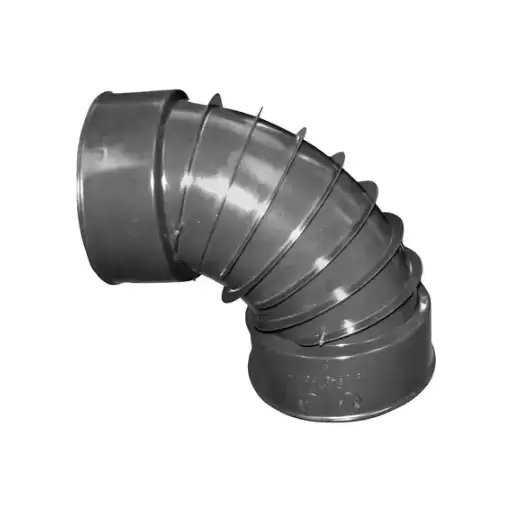
Step-by-Step Installation Guide
- Trench Preparation: The pipeline path is marked as per the project plan. Then, excavate the trench to the necessary depth and width. All dimensions should be appropriate for pipe placing. Here, care should be taken to make the base of the trench smooth, as well as free from substantial rocks or debris that can cause damage to the HDPE pipe during installation.
- Base Preparation: A bedding layer of sand or fine-grained material is laid some 4 to 6 inches thick over the base of the trench. This bedding layer gets compacted and leveled to provide a firm foundation for pipe placement. The proper bedding will greatly reduce the stress on the pipe and ensure it is well supported.
- Pipe Inspection and Handling: Triple Wall HDPE pipes shall be observed for any visible defects, cracks, and deformity. Transportation and handling shall be carried out in a way that minimizes damage to the pipes. Lifting tools or equipment designed for pipe handling may be used, especially for longer or heavier pipes.
- Joining the Pipes: While aligning the pipe segments for joining, make sure that ends are abutting without any gaps or misalignment. Join the pipes with firm rubber seals, coupling systems, or the specified means. Follow the manufacturer’s instructions regarding the joining of pipes so that joints will be absolutely leak-proof.
- Placement in the Trench: Lower the pipe into the trench gently with proper lifting equipment. Lay the pipes as per the design layout, maintaining a uniform alignment and slope for efficient drainage/flow, as the case may be.
- Initial Backfilling: Backfill with fine-grained material or sand up to the spring line of the pipe. This material should be compacted uniformly but without heavy compaction equipment to avoid deformation and possibly damage to the pipe. Also, during initial backfilling, maintain pipe alignment correctly.
- Final Backfilling and Compaction: Finish backfilling with the soil/media specified in the project requirement. Consolidated backfill shall be done by gradually layering and compaction and the end goal is to maintain pipe stability. Large or sharp, or heavy materials that could be detrimental to HDPE pipe should be avoided.
- Inspection and Testing: For proper alignment, security of the joints, and adequate compaction of backfill, a final inspection shall be done. The pipe system shall first undergo pressure test or leakage test as may be required by the project or local regulation before it is set to operate.
Tools and Techniques Required for Installation
Triple Wall HDPE pipes installation requires specialized tools and installation techniques to achieve accuracy, safety, and performance. The major tools and methods include:
- Excavation Equipment: Heavy excavation equipment like excavators and backhoes is often the norm for trenching and site preparation while setting up a firm foundation for pipe laying.
- Pipe Cutting Tools: Use specialized pipe cutters or reciprocating saws for HDPE pipes to produce neat and smooth cuts without tearing or damaging the pipe wall.
- Edge Preparation Tools: Beveling tools or deburring tools are needed to smooth the pipe edges after cutting to ensure the edges fit perfectly and minimize the chance of damage during alignment or jointing.
- Fusion Machines: Butt fusion and electrofusion machines are necessary to create durable, leak-proof joints by fusing HDPE pipe sections under controlled heat and pressure conditions.
- Compaction Equipment: Proper compaction of backfill is essential before any deformation or damage to the pipe can occur. Depending upon the backfill material used, vibrating plate compactors or manual tampers can be employed.
- Laser Level or String: For precise alignment and leveling of grades, laser levels or alignment strings shall be kept, ensuring that the pipe slope is in accordance with design specifications, especially for gravity-based systems.
- Inspection Equipment: Such equipment includes CCTV pipe cameras or a handheld leak detector to allow inspection during or after installation of joints, alignment, and potential problems.
Common Pitfalls and Best Practices
When it comes to Triple Wall HDPE pipes, one of the popular pitfalls is not preparing the site well enough before installation. With respect to pipe integrity, it is imperative that the trench is fully excavated, leveled, and cleaned of all debris. Rushing in these steps often causes misalignment or uneven support when the pipe is put under load or during operation, resulting in failure.
Best Practices for Installation:
- Thoroughly analyze site conditions before installation
- Follow manufacturer’s recommendations and applicable standards
- Ensure proper training for fusion and alignment procedures
- Use appropriate backfill material and compaction techniques
- Conduct regular inspections at every installation step
Maintenance Tips for Maximizing Lifespan
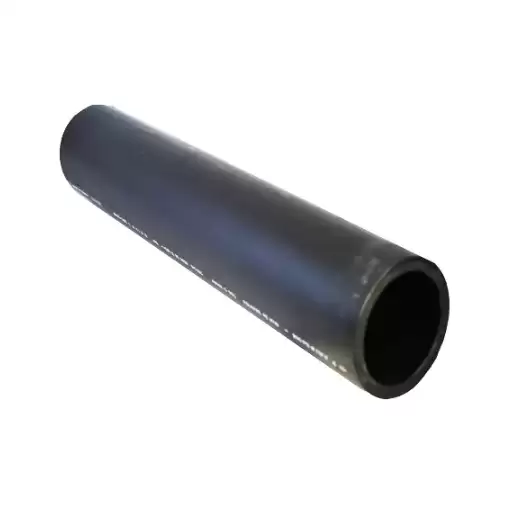
Regular Inspections and Cleaning
Triple Wall HDPE pipe systems need regular inspections to keep them functional and to extend their life. Such inspections should take place at least once or twice a year in order to track down such anomalies as blockages, deformation, or damage. Inspect for the buildup of sediment, for infusions through roots, or for the pooling of water around the pipes.
Similarly, the cleaning of pipes is another activity that helps in their free flow. This can be carried out with high-pressure water jetting in cases of slight debris accumulation or by mechanical means where there is heavier debris build-up in the pipes. Cleaning on a regular basis would prevent any obstructions that might put extra stress on the system or reduce its hydrodynamic efficiency.
Preventative Measures to Avoid Damage
Maintenance of Triple Wall HDPE pipe systems must be taken with a proactive approach to ensure its longevity and performance. In this line, inspections should be conducted on a regular basis to spot early signs of wear, deformation, or external interference. Also, on a scheduled basis, scrubbing of pipeline surface with gentle methods is recommended so that sediment can be stopped from accumulating and clogging up capacity.
Modern Maintenance Technology:Modern-day technology can be harnessed to uplift maintenance procedures. With remote monitoring sensors in place, real-time information can be gleaned revealing any abnormality of pressure change or blockage, forcing real-time intervention and prevention from the growth of an issue.
Frequently Asked Questions (FAQ)
References
- High-density polyethylene
- Pipe (fluid conveyance)
- Sanitary sewer



